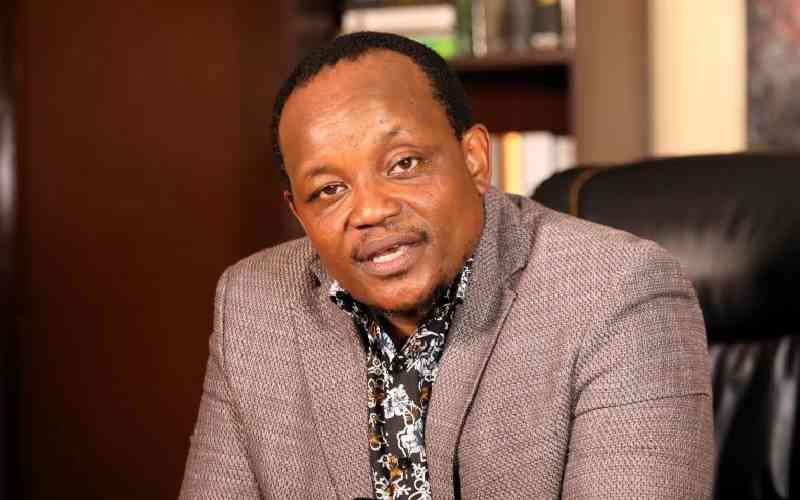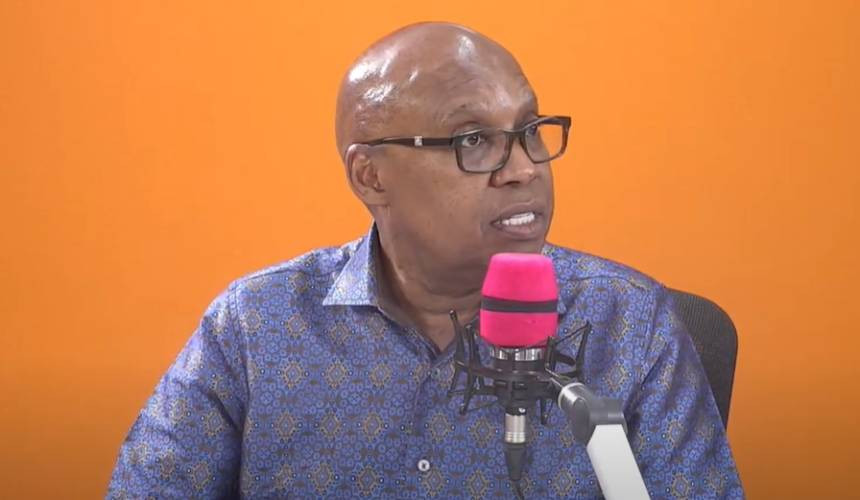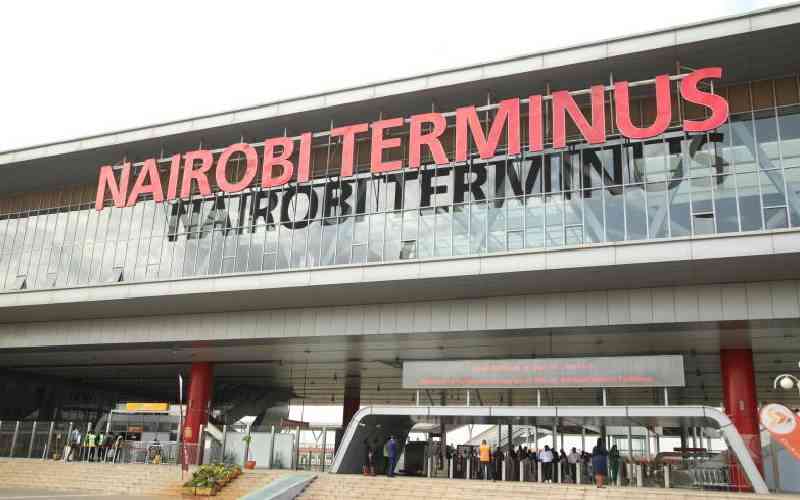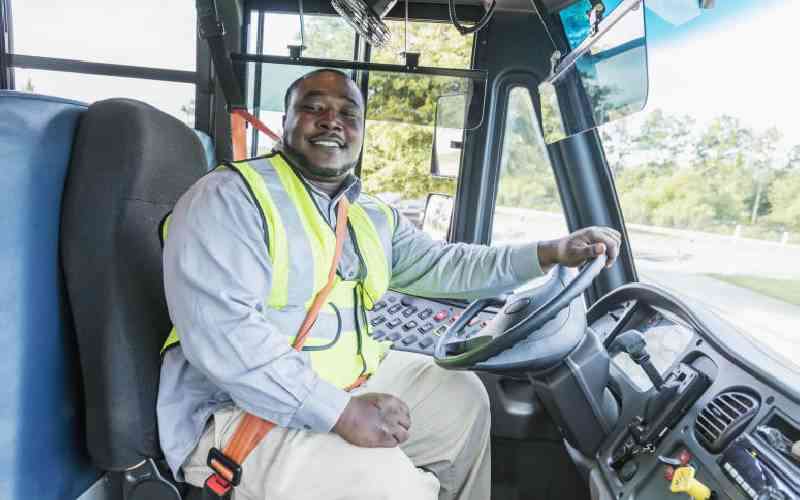Last week’s arrival of the first batch of the Standard Gauge Railway (SGR) locomotives has done little to quell public debate on whether Kenya really got value for money.
The jury is also still out on the number of hours it will take to shuttle between Nairobi and Mombasa, with opinion divided on the maximum speed of both the passenger and freight trains.
While Ethiopia’s electric train attracted much fanfare, Kenya’s diesel engine locomotives were welcomed last Monday with mockery, likening them to century-old trains.
A random search online shows that the Dongfeng 11 (DF11) model was produced between 1992 and 2005, with a total of 459 units having been made.Transport experts say train journeys are nothing new in Kenya, with East Africa Shuttles and safaris putting the number of travellers who have travelled between Nairobi and Mombasa in the past 10 years at more than 2,000.
However, the journey usually takes 17 hours over the narrow gauge railway, the only consolation being the a relaxed view through the scenic Tsavo National park.
The arrival of the Dongfeng 11 (DF11) diesel locomotives has created a buzz with the expectation that they will halve the time it takes to travel by road - which is the most preferred means of transport for many Kenyans - to four hours, an immense improvement on the 17 hours by rail by any standard. Not everybody, however, is optimistic about their much-touted efficiency, especially their speed capacity put at 100 kilometres per hour for the passenger train and 90 kilometres per hour for the cargo one.
Experts say while the SGR trains can achieve a speed of over 100 kilometres per hour, which would ideally reduce the Mombasa-Nairobi journey to under five hours, passengers are unlikely to realise this.
BRAKING DISTANCE
They say a host of factors will be at play, which could see the 472-kilometre journey take as many as eight hours and not the much-touted four-and-a-half hours.
According to Kariuki Kimiti, a transport consultant with a bias on railway transport, the numerous stops along the railway route will mean the trains will rarely achieve the top speeds on their journey between Nairobi and Mombasa.
“When leaving one station, the train will need time to gather momentum and reach a speed of between 80 and 100 kilometres per hour. It will also need a braking distance of about seven kilometres when approaching the next station. So for stations that are, for instance 40 kilometres apart, the train can only go at top speeds of about 20 kilometres,” he said.
“To take four hours, it would mean the train travels at a speed of 120 kilometres per hour without any stops. If the trains are going to stop at every station, at the very minimum, it will take eight hours between Mombasa and Nairobi. If the number of stops is minimised to, say three towns, then it can take about six hours.” Mr Kimiti is, however, quick to add that the speeds expected to be achieved on SGR are a great improvement compared to over 13 hours it takes on the metre gauge railway.
The Government has put up a spirited fight to defend the quality of the trains, insisting they are of high quality haulage with fire power of 3100KW and a maximum speed of 100 kilometres per hour. “The delivery of this first batch of freight locomotives is a major milestone on this journey. The Mombasa-Nairobi SGR has registered a remarkable construction speed and we expect completion of the entire project soon within our contract terms,” said Transport Cabinet Secretary James Macharia when he received the first batch of locomotives at the Mombasa Port.
 The Standard Group Plc is a
multi-media organization with investments in media platforms spanning newspaper
print operations, television, radio broadcasting, digital and online services. The
Standard Group is recognized as a leading multi-media house in Kenya with a key
influence in matters of national and international interest.
The Standard Group Plc is a
multi-media organization with investments in media platforms spanning newspaper
print operations, television, radio broadcasting, digital and online services. The
Standard Group is recognized as a leading multi-media house in Kenya with a key
influence in matters of national and international interest.
 The Standard Group Plc is a
multi-media organization with investments in media platforms spanning newspaper
print operations, television, radio broadcasting, digital and online services. The
Standard Group is recognized as a leading multi-media house in Kenya with a key
influence in matters of national and international interest.
The Standard Group Plc is a
multi-media organization with investments in media platforms spanning newspaper
print operations, television, radio broadcasting, digital and online services. The
Standard Group is recognized as a leading multi-media house in Kenya with a key
influence in matters of national and international interest.






